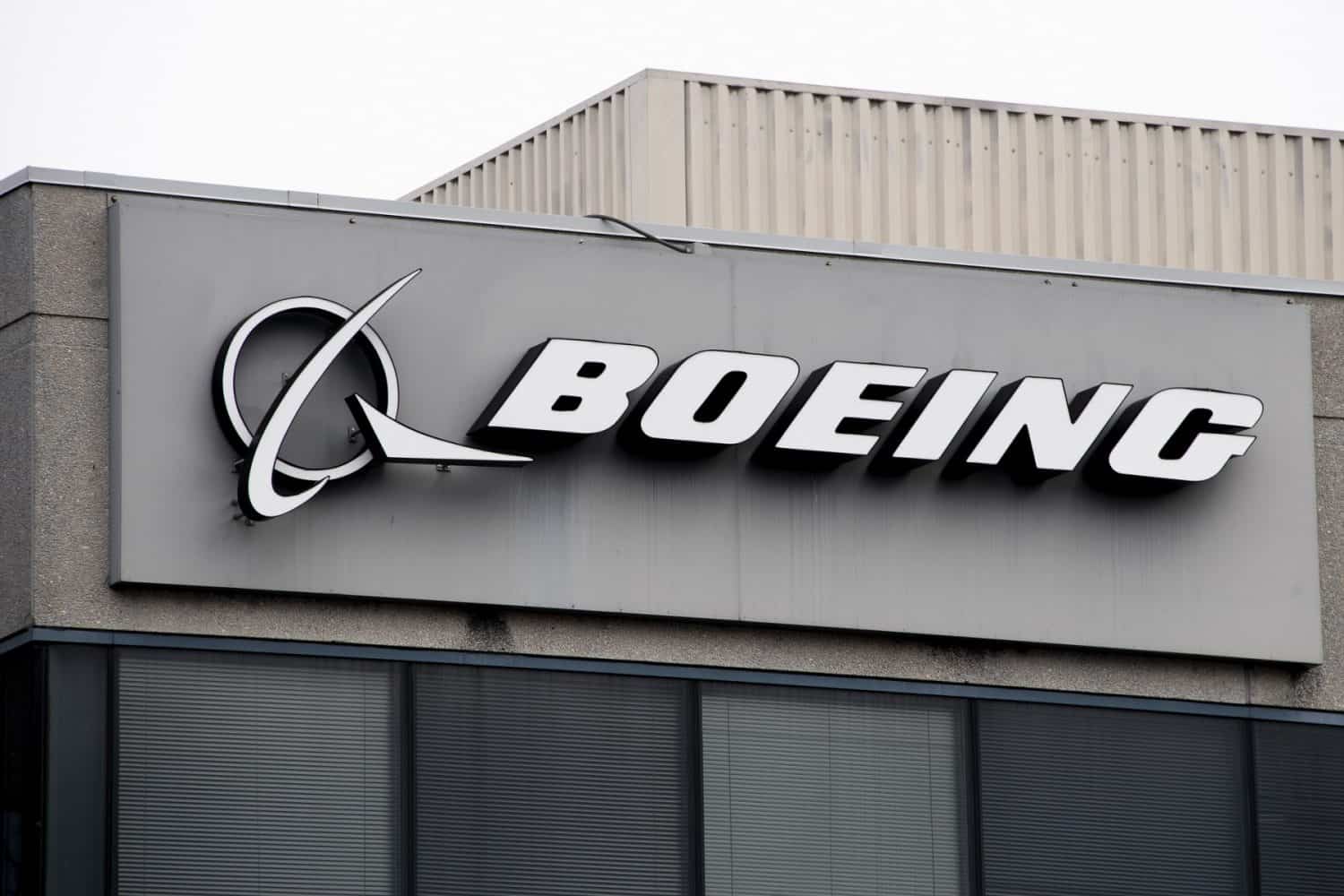WASHINGTON, UNITED STATES – A pick-up in aircraft orders boosted demand for big-ticket US manufactured goods in October, with numbers rising more than expected, government data showed Wednesday.
Durable goods orders rose one percent to $277.4 billion last month, up from a revised 0.3 percent bump in September, the Commerce Department reported.
Transportation equipment led the increase, with orders for nondefense aircraft and components growing 7.4 percent.
Analysts expected the figures were likely boosted by civilian aircraft orders thanks to Boeing.
Meanwhile, orders for defense aircraft and parts soared 21.7 percent from September to October.
Surging inflation in the United States and supply chain problems have proven a challenge to industry and consumers, causing a pullback in spending and investment.
But while observers braced for a further drop in demand for nondefense goods – seen as a guide to equipment and software investment – this number picked up in October, pointing to resilient demand.
In October, orders for computers and related products rose 4.7 percent, data showed.
Without the boost from transportation, durable goods orders still increased 0.5 percent.
“The data point to still-positive momentum in business investment and equipment spending,” said economist Rubeela Farooqi of High Frequency Economics.
But she added that this will likely slow “on softening demand in response to higher interest rates.”
As inflation in the US hit its highest level in decades, the central bank has embarked on an aggressive campaign to cool demand and tamp down price increases.
Ian Shepherdson of Pantheon Macroeconomics cautioned in a recent report that the “outlook for equipment and software investment is bleak,” citing gloomy survey results on capital expenditure plans.
“The deterioration in the surveys began earlier in the year as energy prices surged in the wake of the war in Ukraine, and businesses then cut back their plans further as the (US Federal Reserve) stepped up its pace of rate hikes,” he said.








